Belief through the time
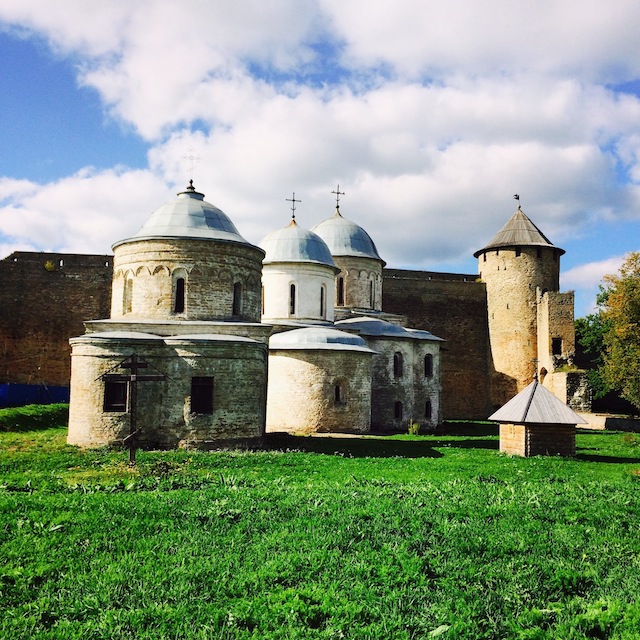
Ivangorod
This picture was taken in Ivangorod and this church was built inside of castle walls to protect the identity of religion.
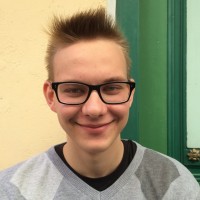
Seen through the eye of
Lukas

Ivangorod
This picture was taken in Ivangorod and this church was built inside of castle walls to protect the identity of religion.

Seen through the eye of
Lukas
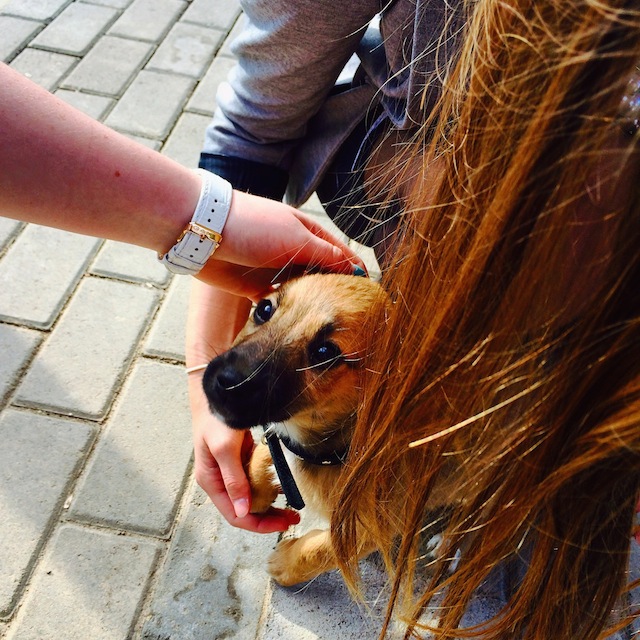
Ivangorod
We tend to experience a whole palette of emotions on a daily basis and each of them keeps influencing who we are, shaping our identity in multiple directions. This picture taken in the city of Ivangorod represents sympathy, one of the best feelings one might have – the one that makes us kinder with love for those who are weaker.
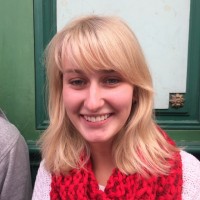
Seen through the eye of
Maria

Ivangorod
The castle was built in the 15th century. In that time people used to raise strong fortifications, not only to protect themselves, but also to delimit themselves from the impact of other foreign cultures.
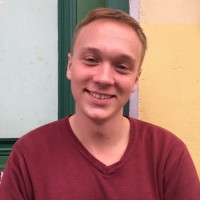
Seen through the eye of
Ephraim
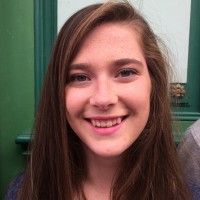
Seen through the eye of
Ema
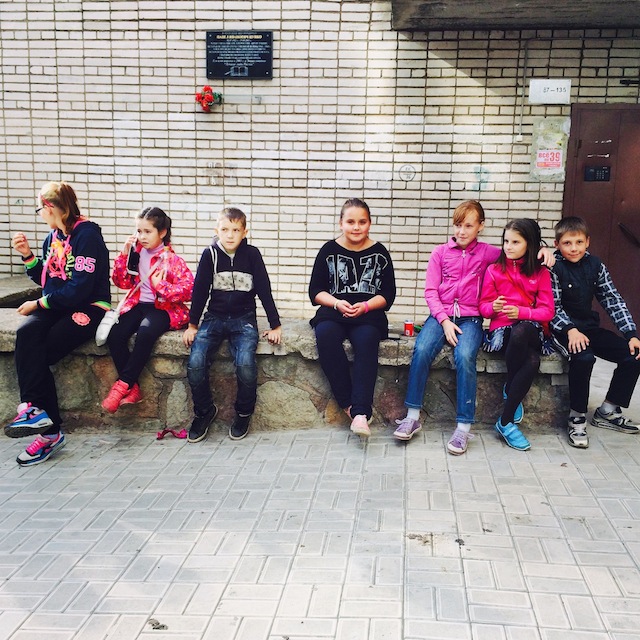
Ivangorod
Just as in Narva, we were looking out for some kids in Ivangorod. Obviously they are the most important factor for the future of a city. It is depending on them, how the regional identity will be like and if there will be common identities. Children do not care about origin or roots; they just form groups without borders. Regarding the future of both cities and taking into account, that the children will be the people living there then, one could dare an optimistic prediction.

Seen through the eye of
Ephraim
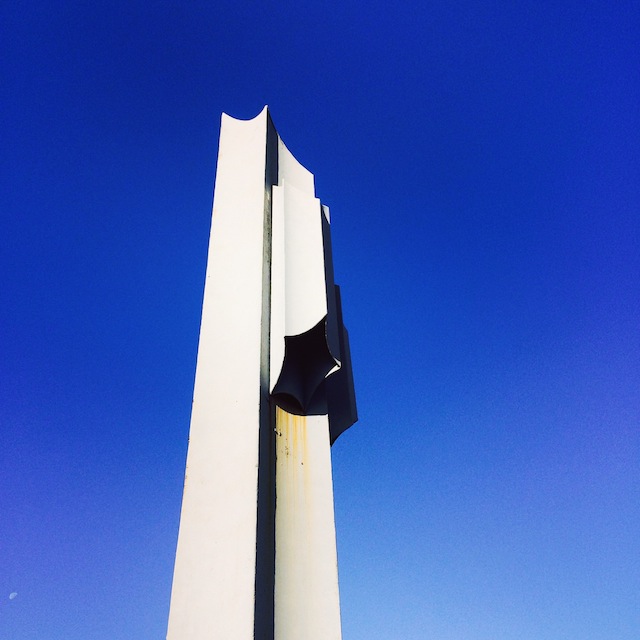
Ivangorod
WWII shaped the Russian identity greatly since each and every family lost a relative in the fight for peaceful living.

Seen through the eye of
Maria
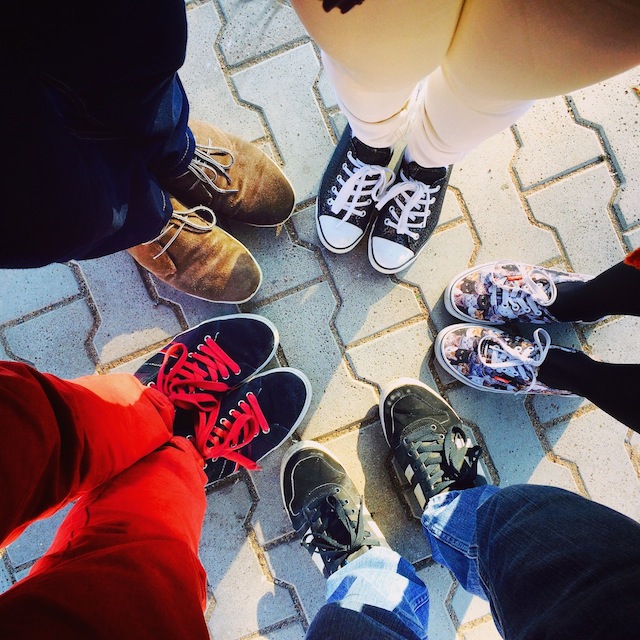
Ivangorod
Friends are a family that we can choose. Socializing leads to having experience, which is at the end of the day the core of identity. These are the people who accompany us throughout the whole adventure.

Seen through the eye of
Maria
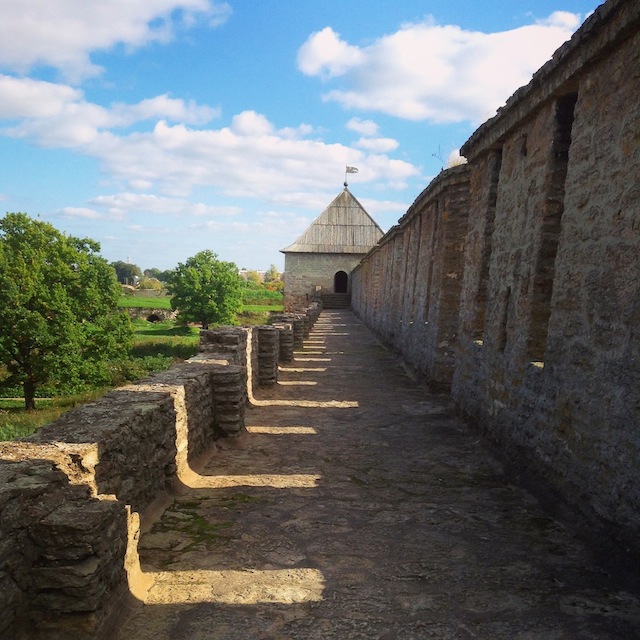
Ivangorod
This picture represents the path of history. The door in the end is the time when this castle was built and the path represents how the city has survived throughout the history until today.
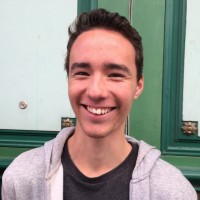
Seen through the eye of
Kristoffer
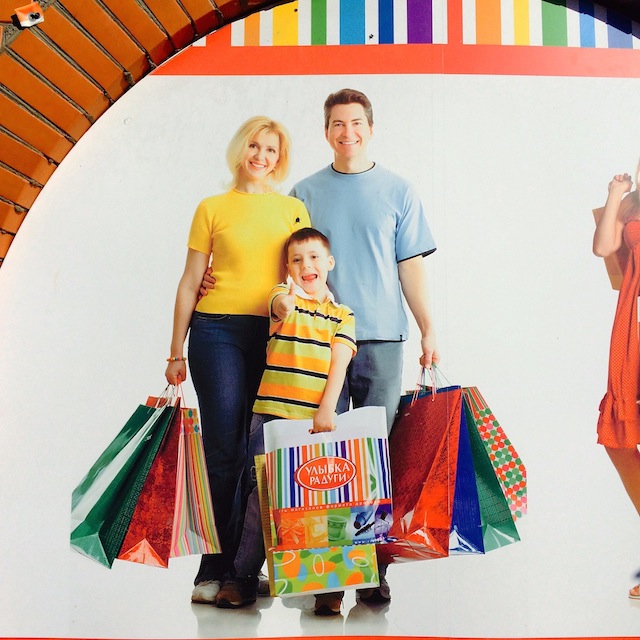
Ivangorod
Spending time with the family is an essential part of life. This advertisement in Ivangorod is all about staying close to your family.

Seen through the eye of
Maria
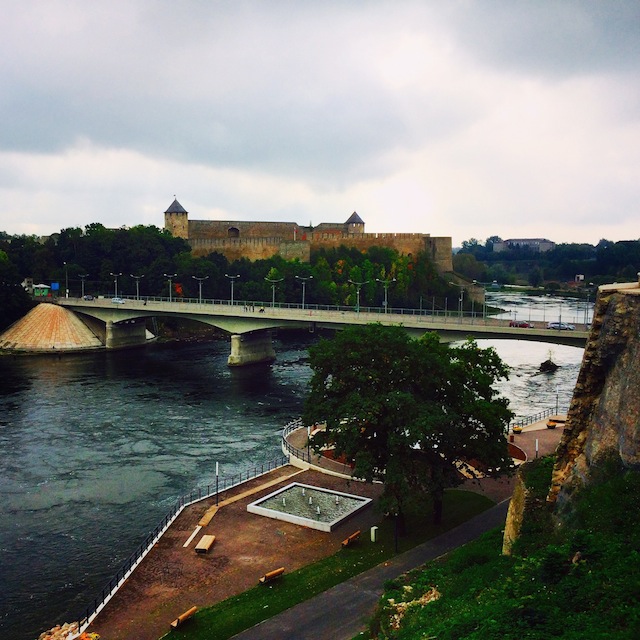
Ivangorod
The bridge between Ivangorod and Narva – a strong sign of the border between both cities. In our group we weren’t really satisfied with seeing it only as a symbol for division. We were looking for a further meaning and noticed that it can also be seen as a strong symbol for connection. As the only way for border crossing between both cities it keeps lots of possibilities for a stronger cooperation. Depending on which paths both cities will go in the upcoming years the bridge can be a symbol for a future in unity.

Seen through the eye of
Ephraim
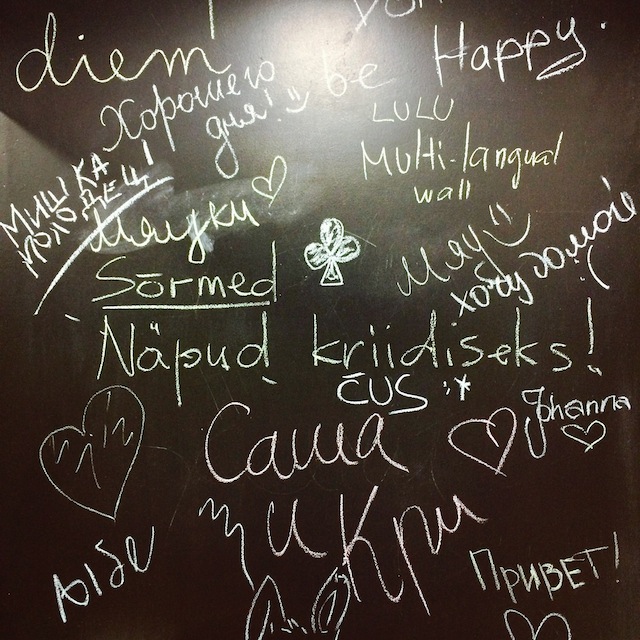
Narva
The photo depicts sayings on the blackboard in Narva College, where anyone can leave a message.

Seen through the eye of
Ema
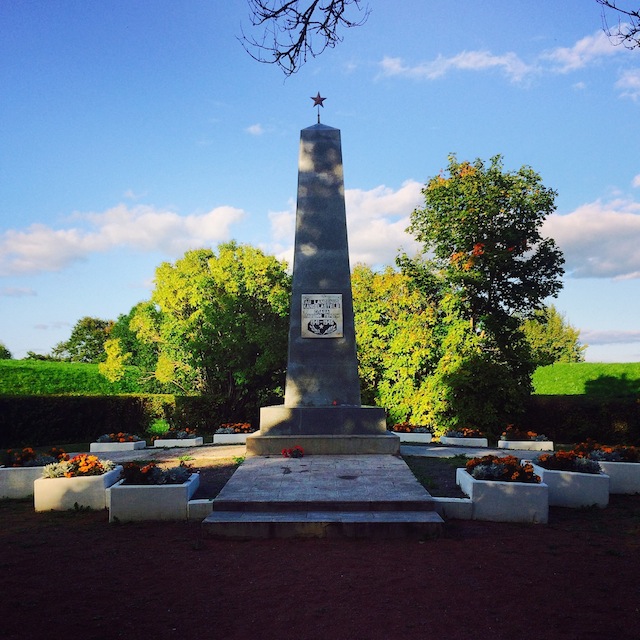
Ivangorod
This monument commemorates those who died in Narva during WW2. For those who lost some family members in battles, this commemoration is a strong part of their identity.

Seen through the eye of
Kristoffer
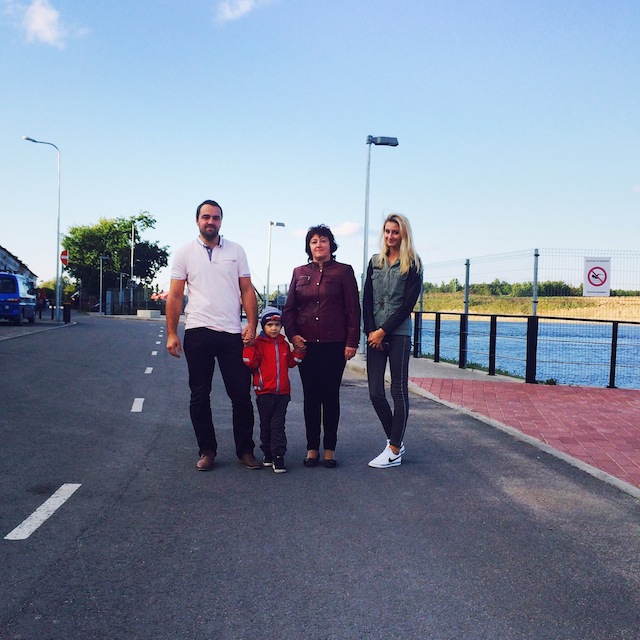
Narva
Family forms the core of the identity onions for the majority of us; it is the basis, the essential half of the ‘nature and nurture’ combination. Even when spreading our wings, these are the roots that keep reminding us where we come from and keep us strong by supporting.

Seen through the eye of
Maria
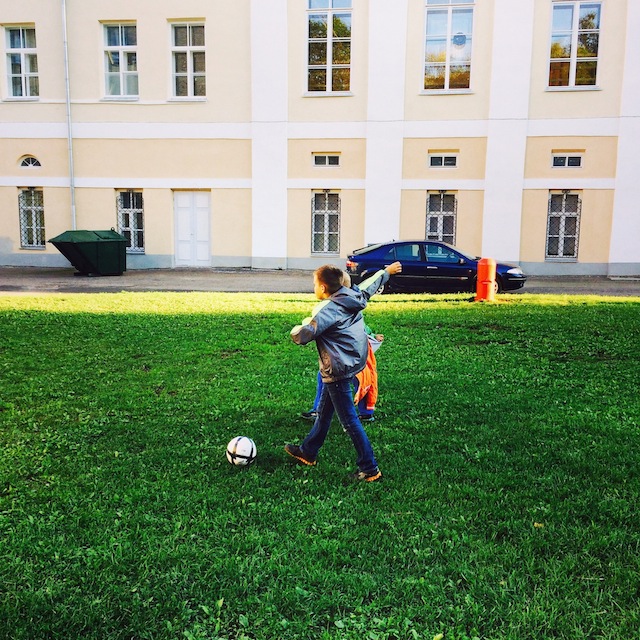
Narva
Playing educates people. It forms competences such as cooperation, social thinking and teamwork. All those are capabilities, which are important to create belongings to groups. That’s why they are essential for creating and finding the own identity of a person. So those boys, playing on a playground in Narva, are not only unknowingly developing their own identities, but also forming parts of a future common identity for their region.

Seen through the eye of
Ephraim
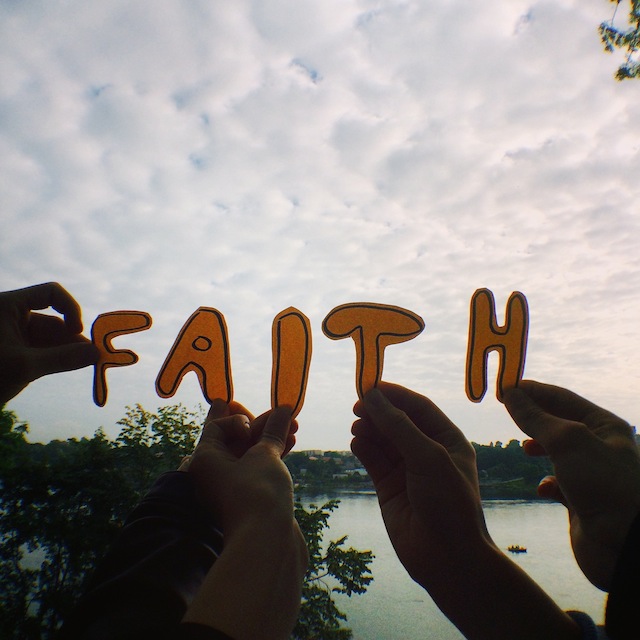
Ivangorod
Connected within a group of same faith we feel a stronger common identity. Every one of the group is holding a letter, which together makes a word.

Seen through the eye of
Ephraim

Narva
Schools are places that really shape people. Young kids coming there will gain knowledge, experiences and an understanding of the world. They leave it as adults, ready to shape the society in turn. For that reason, school is not only an important place in the life of its students, but also a tool to influence the common sense for identity. This secondary school in Narva is an Estonian speaking one, right next to a Russian speaking one. This situation shows, how difficult the current definition of identity in this region is. But it also gives a preview of a possible future, since there are plans to unite both schools.

Seen through the eye of
Ephraim
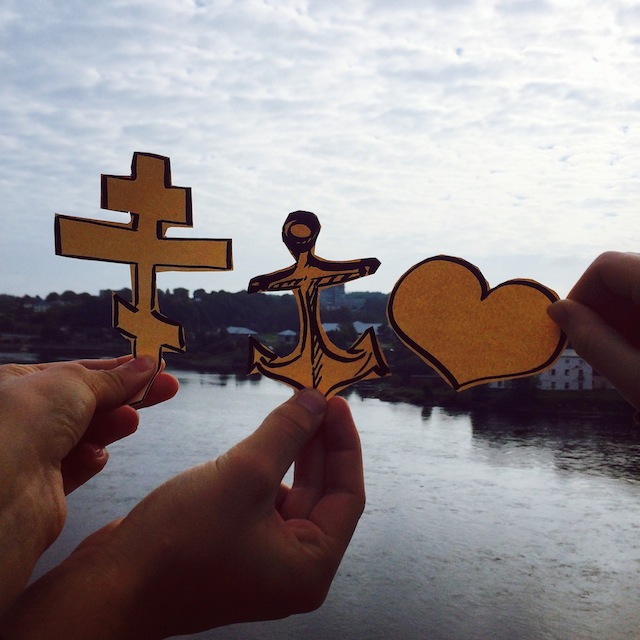
Ivangorod
This picture is representing Christian identity of the Baltic area. These symbols are faith (cross), hope (anchor) and love (heart).

Seen through the eye of
Kristoffer
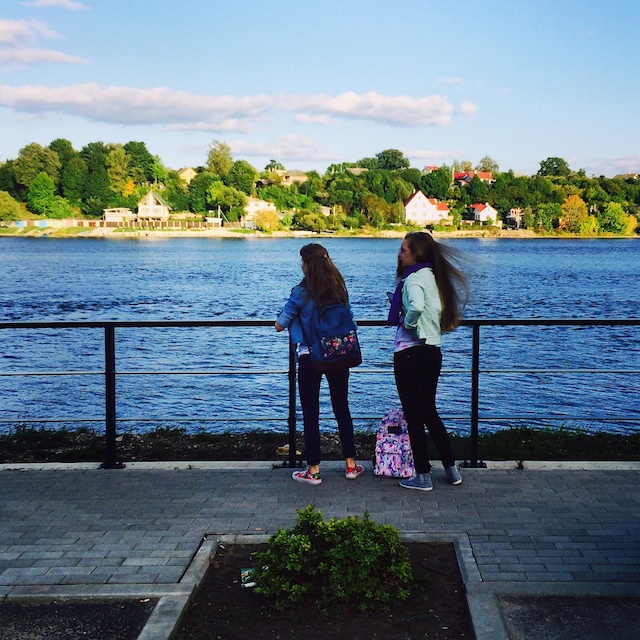
Narva
We are all bound to meet people who will make a great impact on our development in either direction, who will inspire us or, on the contrary, make us stronger by overcoming the difficulties. This diversity of influences is the best present life can endow you with.

Seen through the eye of
Maria

Narva
This is a picture of a Russian Orthodox church found in Narva. Even though the prevailing religion in Estonia is Protestantism, Russian-speaking people whose families originate from Russia stay true to their native religion, which results in a split of ideologies in the region.

Seen through the eye of
Maria
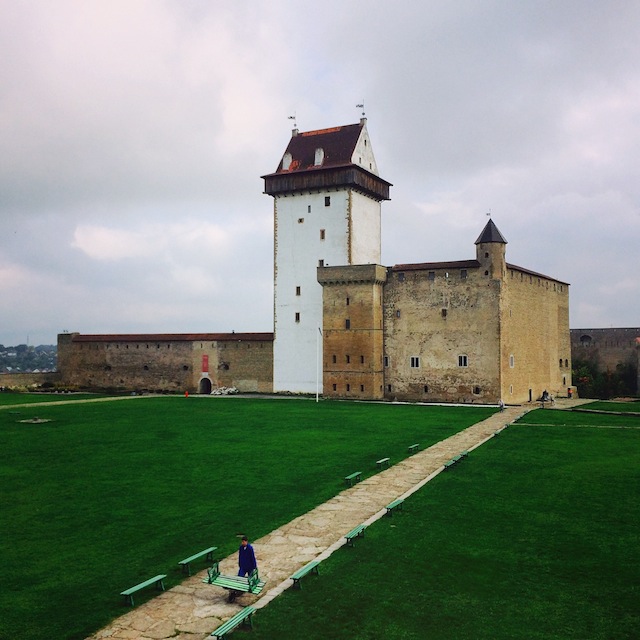
Narva
This picture of the Narva castle focuses on the Hermann tower situated within the castle. It is symbolic for the long history of the castle opposing to Ivangorod castle. But at the same time it also shows, what both sides had in common in the past: The strive for safety. Nowadays the castles are more an architectural relict than a symbol for current border security. But they show a part of the shared past of both sides.

Seen through the eye of
Kristoffer
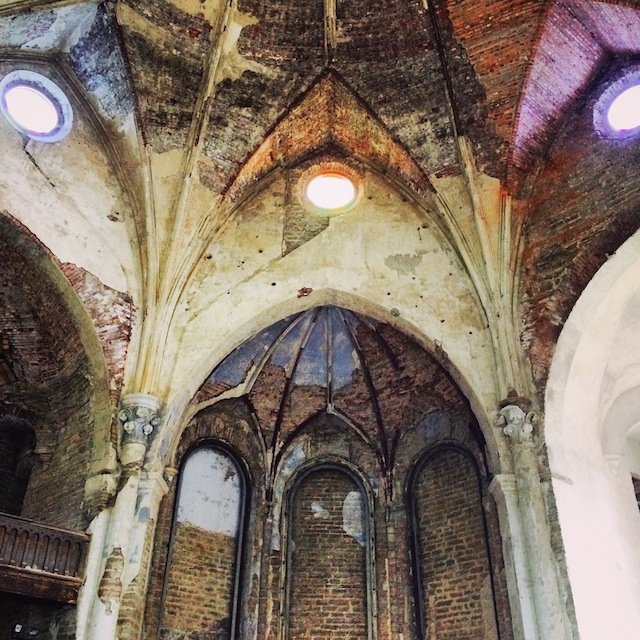
Narva
The picture was taken in Alexander’s church in Narva and which is a protestant church. In the past it was used as a shop for some time, it was restored and now it is used as a church again.

Seen through the eye of
Lukas
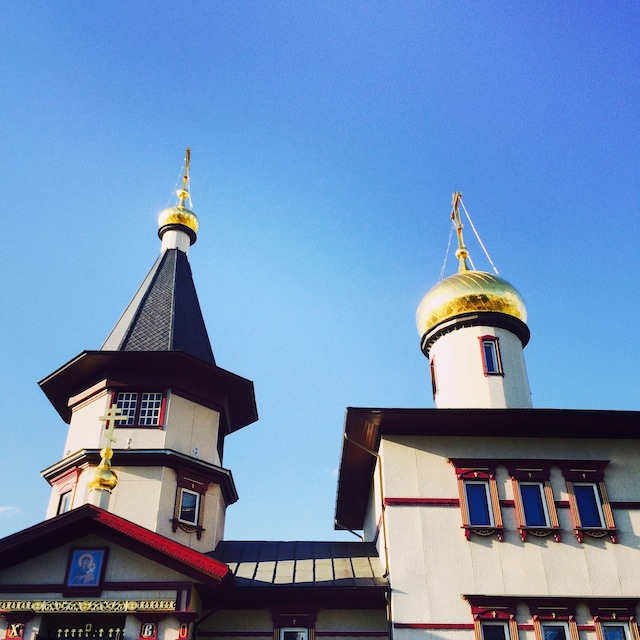
Narva
This picture was taken in Narva. The shining top represents the glorious time of the Russian-orthodox church in Eastern Europe, which is interconnected to identity.

Seen through the eye of
Kristoffer
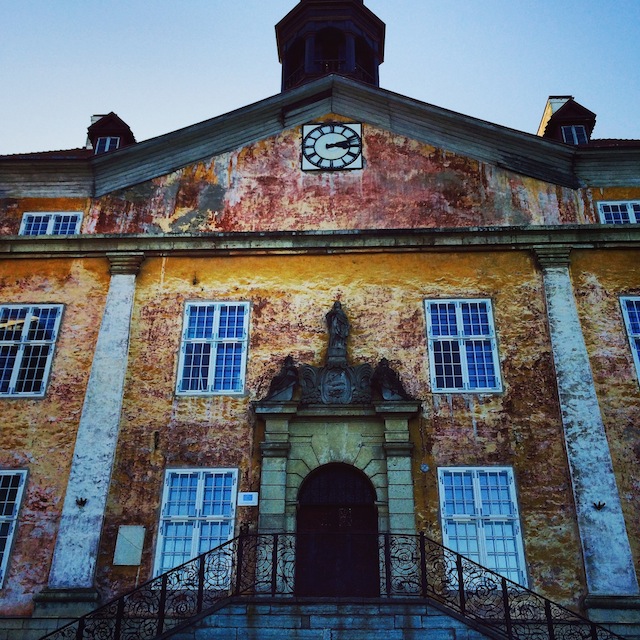
Narva
The photo depicts the old city town hall, which is now empty, and it’s one of the tree authentic buildings in the town. It is situated near the college in Narva and now an exhibition of the old city can be found there.

Seen through the eye of
Kristoffer
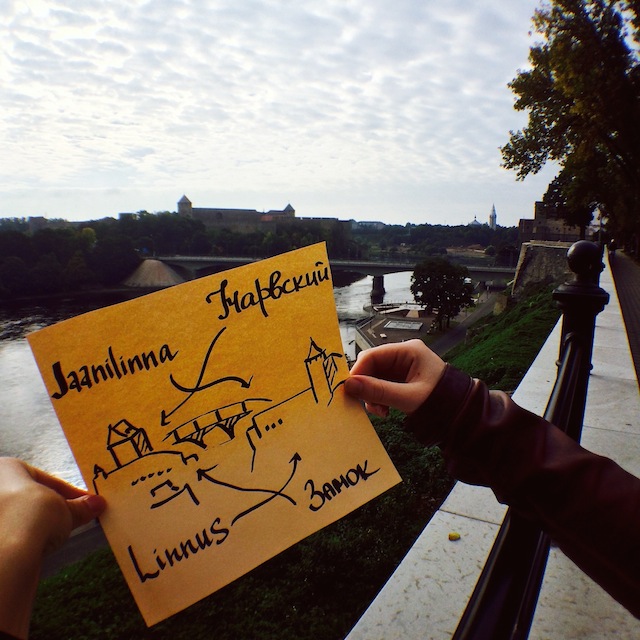
Ivangorod
Since the castles are something that both cities have in common, they are connecting them. We tried to symbolize this by drawing them and writing their names in both languages, Estonian as well as Russian.

Seen through the eye of
Kristoffer

Seen through the eye of
Ema

Ivangorod
The European Union and Russia: What does the future hold? Narva and Ivangorod portray this question in a much smaller scale. The answer of the question will apply to both cities as well. Vice versa, an answer of the question about the future of the cities will also prefigure a way for the relations of the EU and Russia. In fact, it is nothing less than the question of common identities in the Baltic region: Is a Baltic Identity going to develop and to connect the European states with Russia or will both areas drift apart? Relating this question to identities means that its answer depends on the people living in the border region and their future feelings of identity.

Seen through the eye of
Ephraim

Narva
This shot, taken in a primary school in Narva, shows a part of the future of the city. Young people are one of the most valuable goods of a society and will carry it in future times. In their lessons, those young guys learn in Estonian language, although some of them most likely come from Russian speaking families. Therefore this image is a symbol for the dynamics of identities, in this case maybe for the regional identity of the future townsmen in Narva.

Seen through the eye of
Ephraim
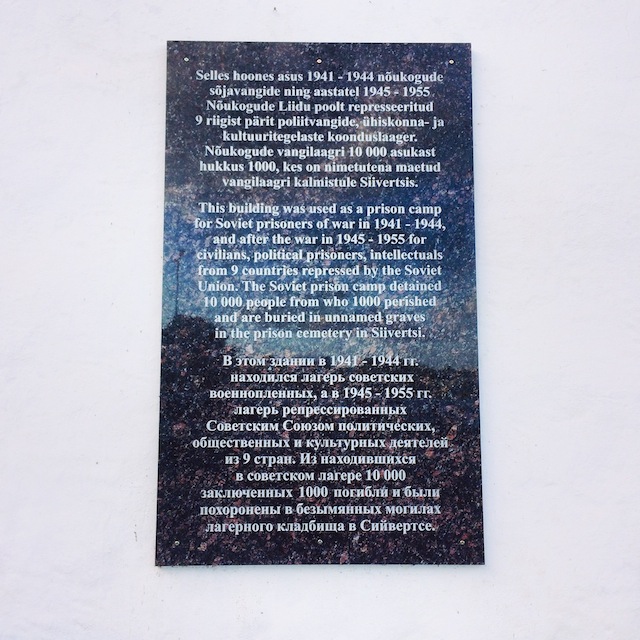
Narva
The picture shows a sign on a building in Narva, which once used to be a prison for prisoners from 9 Soviet countries. It is written in three languages (Estonian, Russian and English) so both citizens and tourists can get information about the shared past of those countries.

Seen through the eye of
Ema
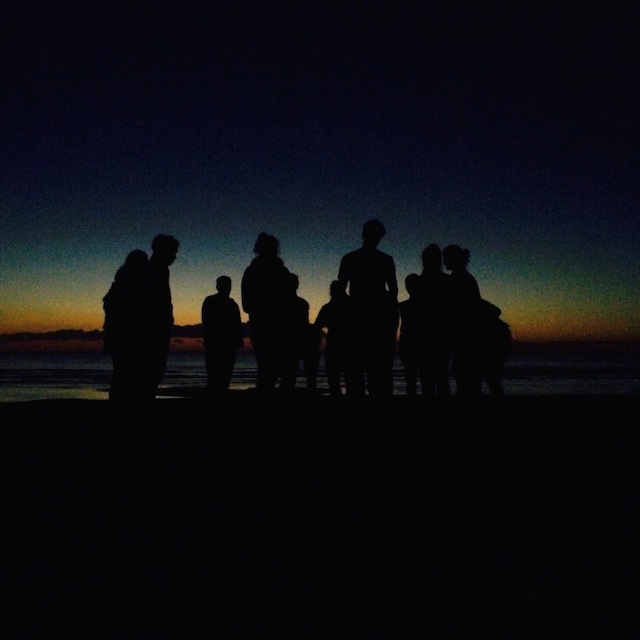
Narva
There always is mystery in tomorrow – you never know what is about to happen. Whatever the outcome is, the events to come and people to be met keep shaping us every single day.

Seen through the eye of
Maria